Crossing train tracks safely
The Video Course teaches you everything about modern cars.
Few situations in motoring are more traumatic than to be at the wheel of a vehicle that stalls in the middle of a level crossing. But if you have a basic understanding of level crossings, of the different types used and how they work, and follow some elementary precautions, then you should never get caught in this situation.
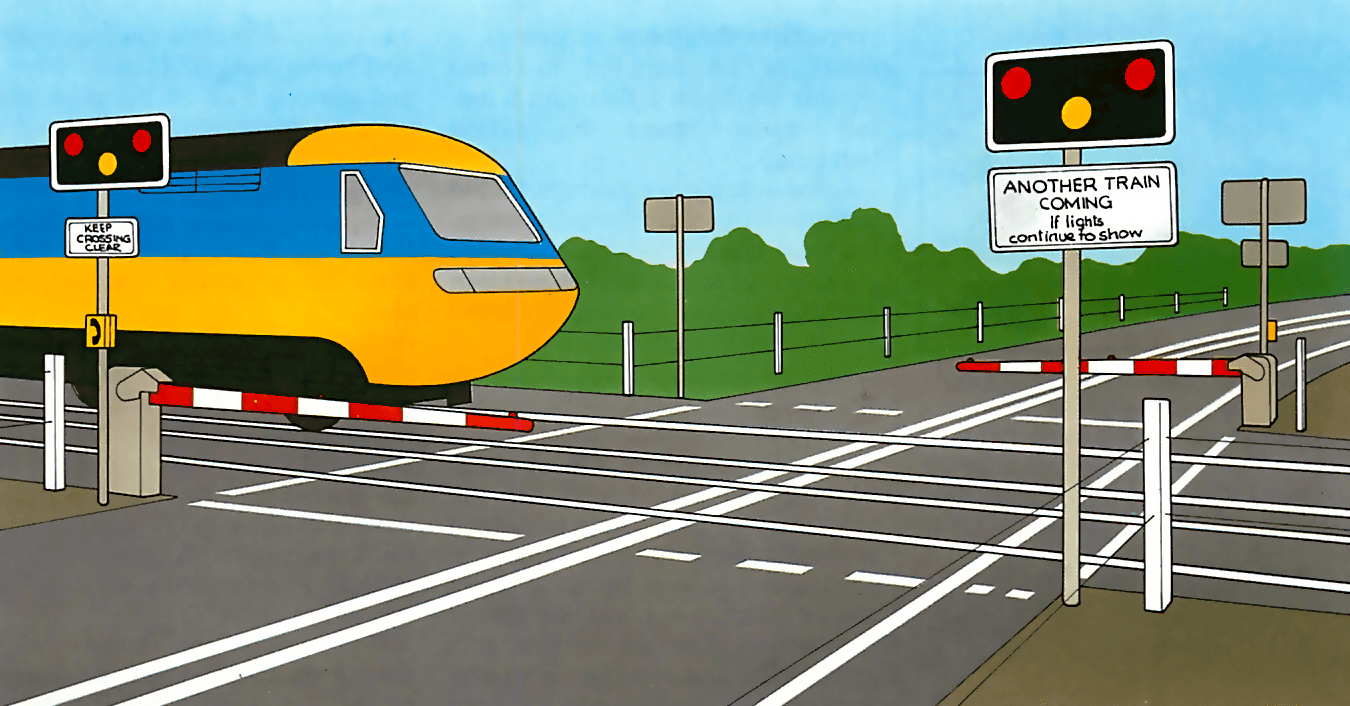
Manual control
The busiest crossings have full barriers that descend together, one on each side of the road, so that between them they block the whole road. The exit barriers do not come down until the entrance ones are in place, so a vehicle cannot be trapped between them.
There are some 600 of this type of crossing in Britain, of which about 400 are manually controlled. The others are operated remotely, but
usually have closed-circuit television so the operator can see when to bring the barriers up.
There are also about 650 old-fashioned manually controlled level crossings in which the gates are opened and closed by a signalman, either by hand or electrically.
Automatic level crossings
Manually controlled crossings generally cause no problems. But the other type of crossings are automatic and can cause accidents .
Most automatic crossings have half barriers, which descend only over the left-hand half of the road on each approach side. They are operated automatically by the approaching train. An extra warning is provided by flashing amber lights, followed by flashing red ones. There are about 280 of these in Britain. The most obvious safety
precaution for these crossings is never to be tempted to cross against the lights by driving a zigzag course round the closed barriers.
Some automatic crossings, called 'automatic open crossings', have no barriers. The motorist must observe the signal lights, as there is no other warning that the crossing is closed in favour of the railway.
Types of level crossing
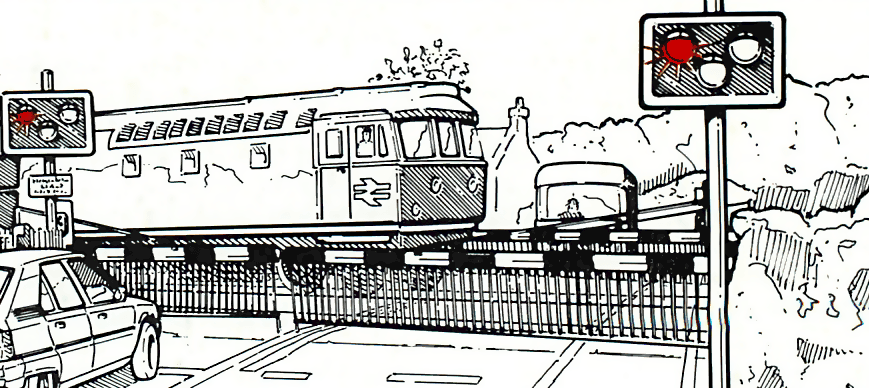
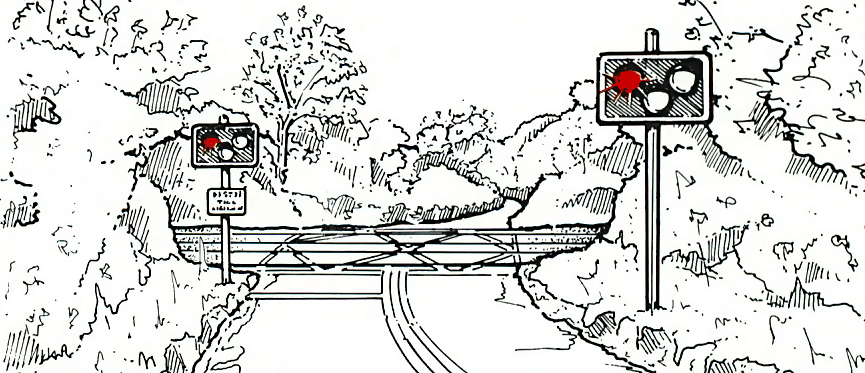
Speed
Remember to go over a level crossing with enough speed for the vehicle's own momentum to carry it safely across. Do not creep over in first gear - go over boldly at about 10mph (15km per hour). But do not race across - remember that, with subsidence and resurfacing operations, many crossings are anything but level.
Do not drive on to a level crossing until the vehicle in front has left
it in case the vehicle stops abruptly. And never 'jump the lights'. Even if you see one train go by, there may be another coming quickly after.
Emergencies
If you are in the position of being stuck on a railway crossing, you should follow the British Rail procedure (see sideline, left). If another vehicle is present, ask for a 'bumper push'. A car with a manual transmission can usually be moved a short distance on the starter . Put the gear lever into first, check that the handbrake is off, and operate the starter, keeping it going until the vehicle is completely clear of the crossing barrier.
If you are driving an automatic, it cannot be moved on the starter motor . The only hope then is to put the transmission selector, into Neutral and push, enlisting the help of anyone present.
Emergency procedure
If you have to stop in the middle of a level crossing it is important that you try to follow the safety procedure advocated by British Rail:
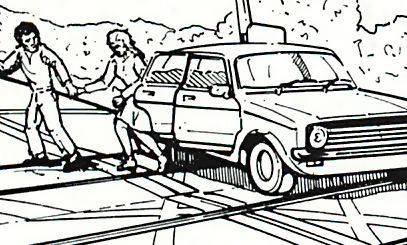
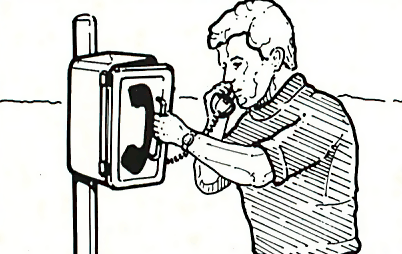
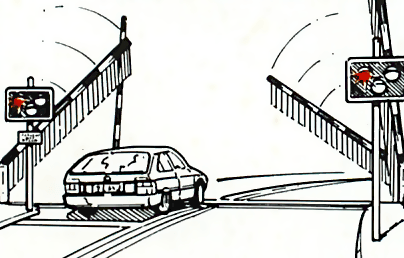
The Ultimate Car Mechanics video course
Learn everything about modern cars from our new video series.
Learn more >-
We build a Mazda MX5 Miata from scratch
We start by tearing down and then rebuilding the whole car.
-
Every part explained
There's ridiculous detail on every part. Clearly and easily explained.
-
All modeled in 3D
We've created the most detailed 3D model ever produced so we can show you everything working.






